What is it?
Just as deliveries of the standard ID 4 electric SUV get under way, Volkswagen has crowned the line-up with a hot GTX variant.
As with the original Golf GTI back in 1976, VW is attempting to provide its new car with an added dash of driver engagement. The thinking is that a select group of EV buyers, just like those of conventional cars, want to stand out from the crowd. So in the same way that the GTI badge boosts the appeal of the Volkswagen Golf, the GTX badge is meant to make the ID 4 more attractive to driving enthusiasts.
It’s far from a simple reworking of VW’s second dedicated EV. In fact, the changes go quite deep – most notably to the drivetrain. Unlike the standard ID 4, which has a single electric motor to power the rear wheels, the GTX uses a motor on each axle, giving it four-wheel drive. This layout has already been seen on its sibling models, the Audi Q4 E-tron and the Skoda Enyaq iV.
The GTX’s asynchronous front motor delivers 107bhp and 120lb ft, while its synchronous rear motor develops the same 201bhp and 228lb ft as it does in the exclusively rear-driven ID 4 Pro Performance. All up, there’s a combined 295bhp and 348lb ft of torque.
The headlining output can be accessed for a period of 30 seconds before the power electronics ease it back to preserve the charge and avoid overheating. Drive is sent to the wheels via a single-speed gearbox on each axle.


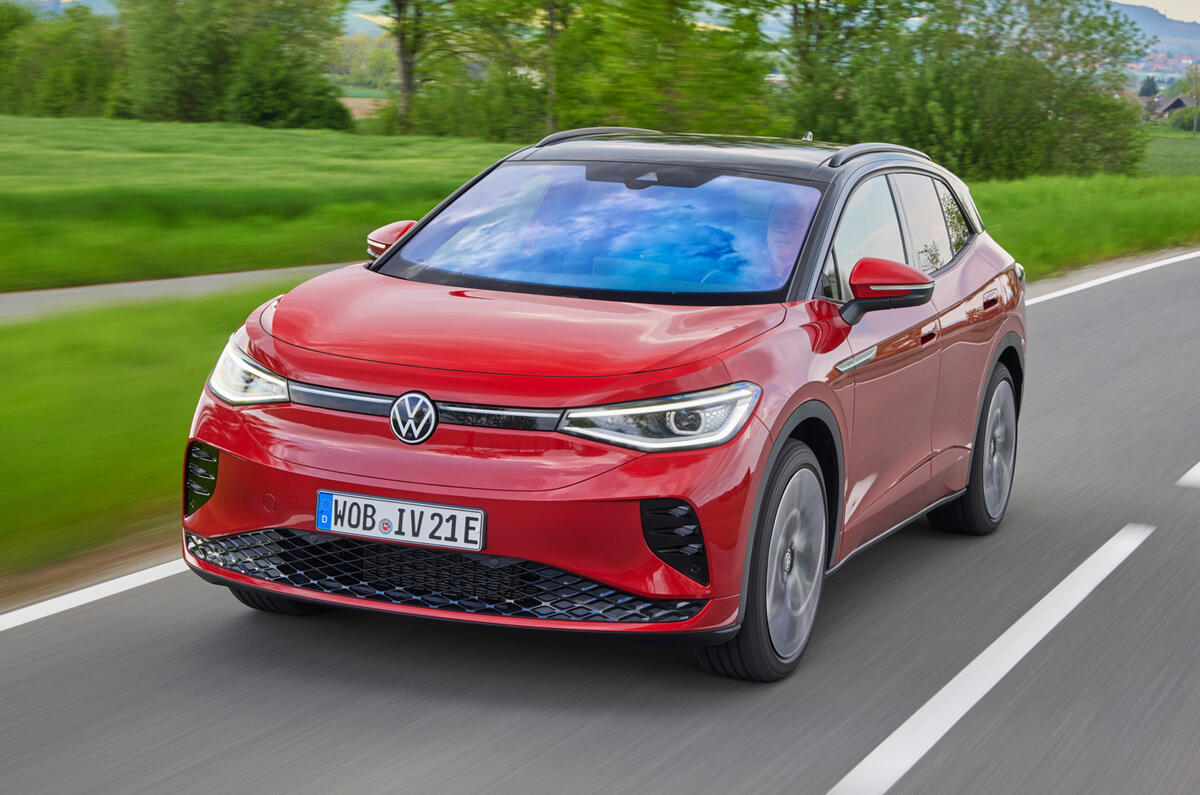
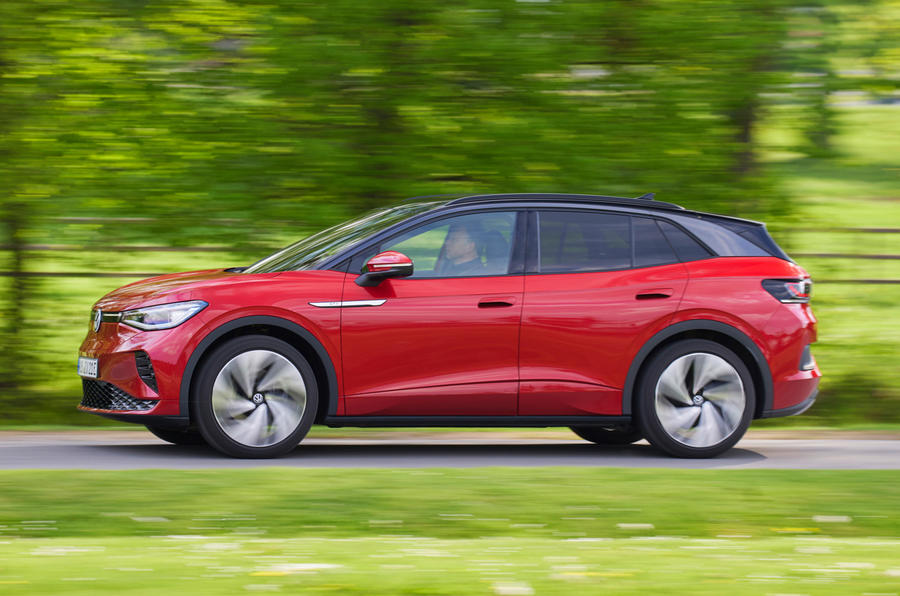








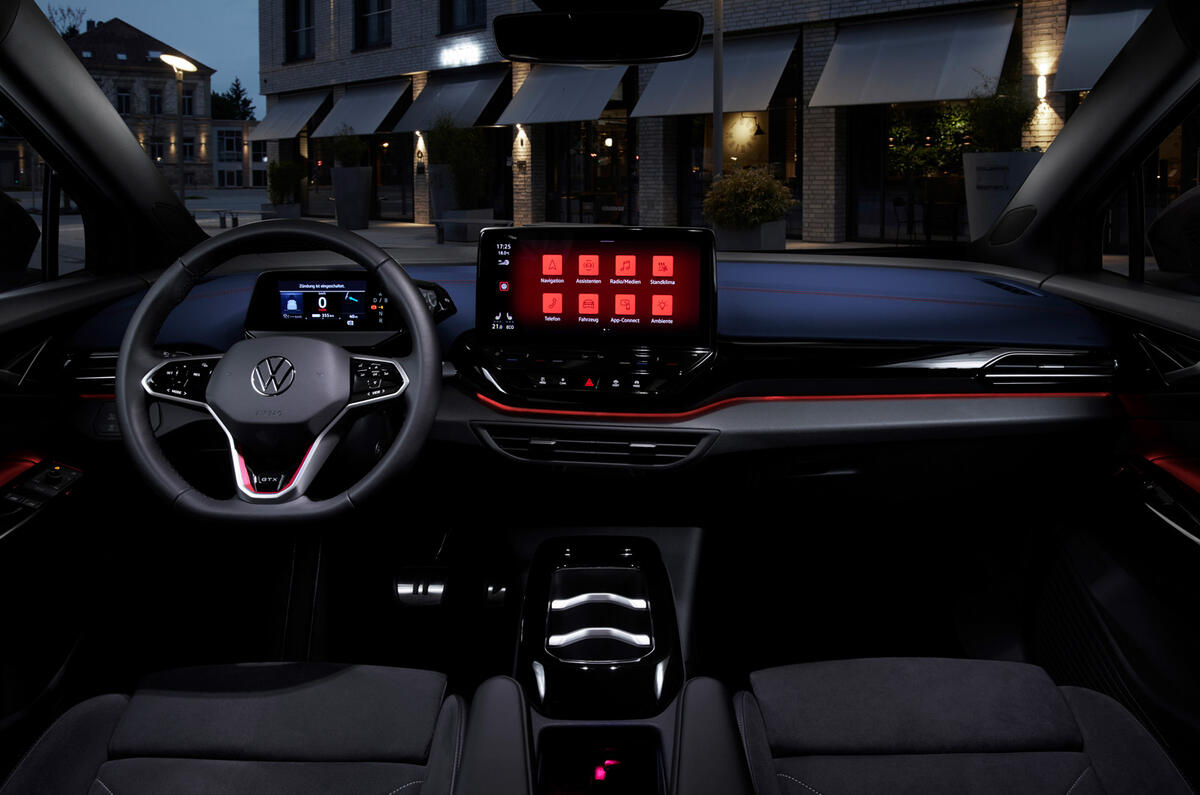




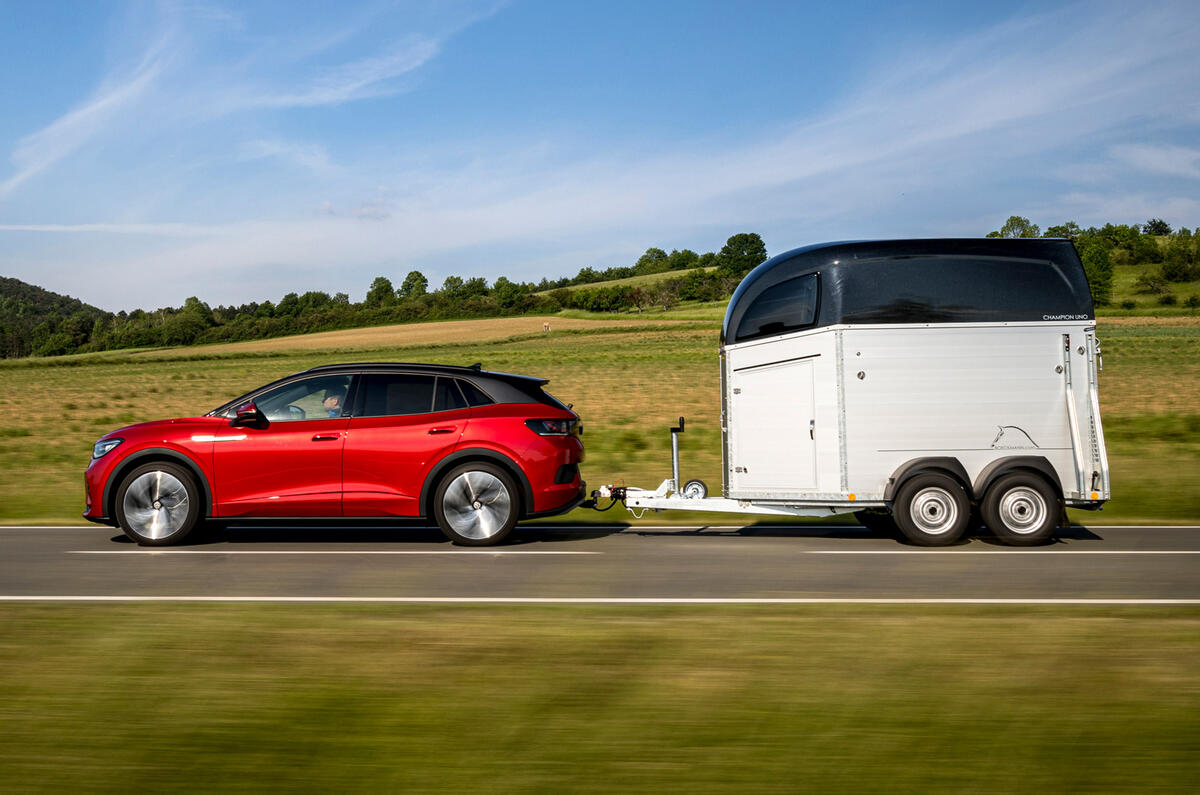
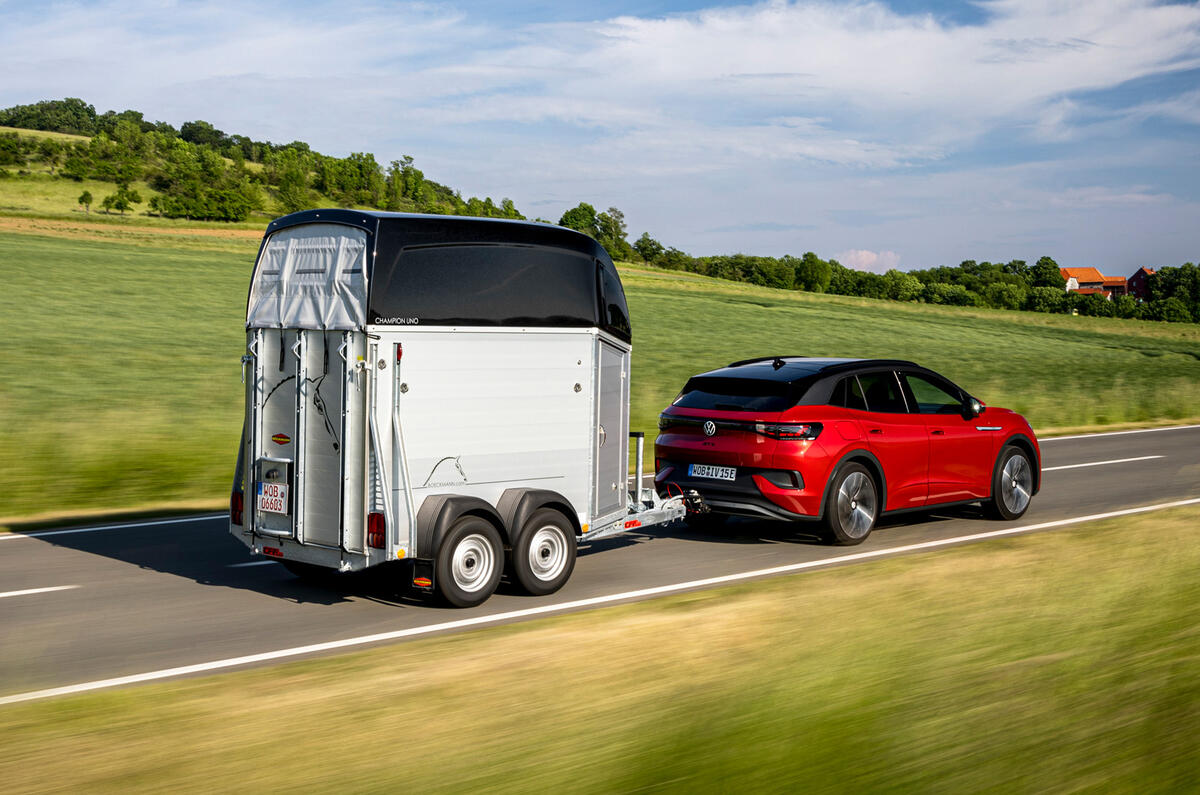
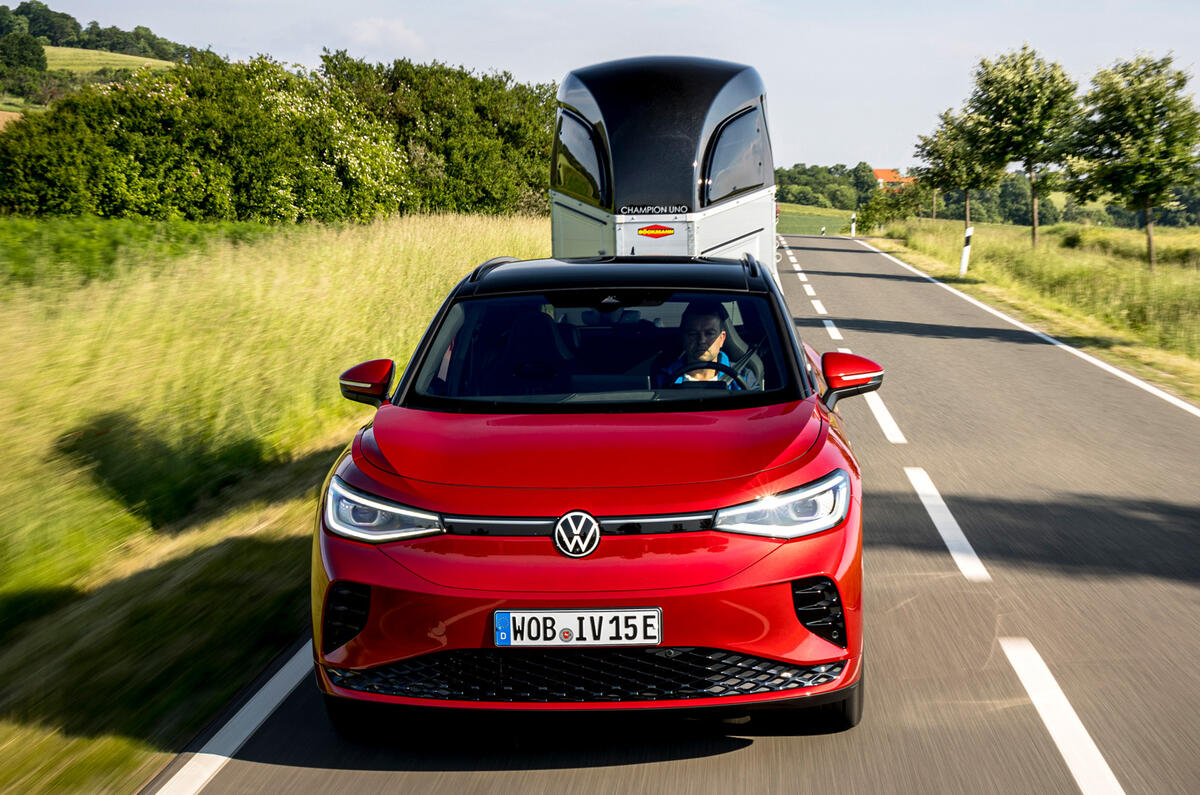



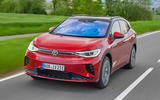


























Join the debate
Add your comment
The best bit of advice about EVs I've seen came from a commercial Fleet Manager. I forget his name, but his point was simply: "If you can afford a new or fairly new car and you're in the market, stop overthinking it and just buy an EV." This is great advice, because internal combustion cars are obsolete. They have a past, but not a future. This is fine if you want to run a classic car for Sunday mornings, but like steam engines, internal combustion is now an outdated form of transport.
The prices are also ridiculously high due to the adaptation of new technologies and expensive battery packs plus they don't yet benefit from the economy of scale enjoyed by the ICE equivalent but that will change.
The current crop of EV's are most definitely niche for the time being and something for the early adopters. I personally will wait for the next generation before I even consider actually looking at one or at least until EV betters ICE on all levels.
For £45k you can get a Long Range Dual Motor Polestar 2, a significantly better all round vehicle with a similar range but greater performance.